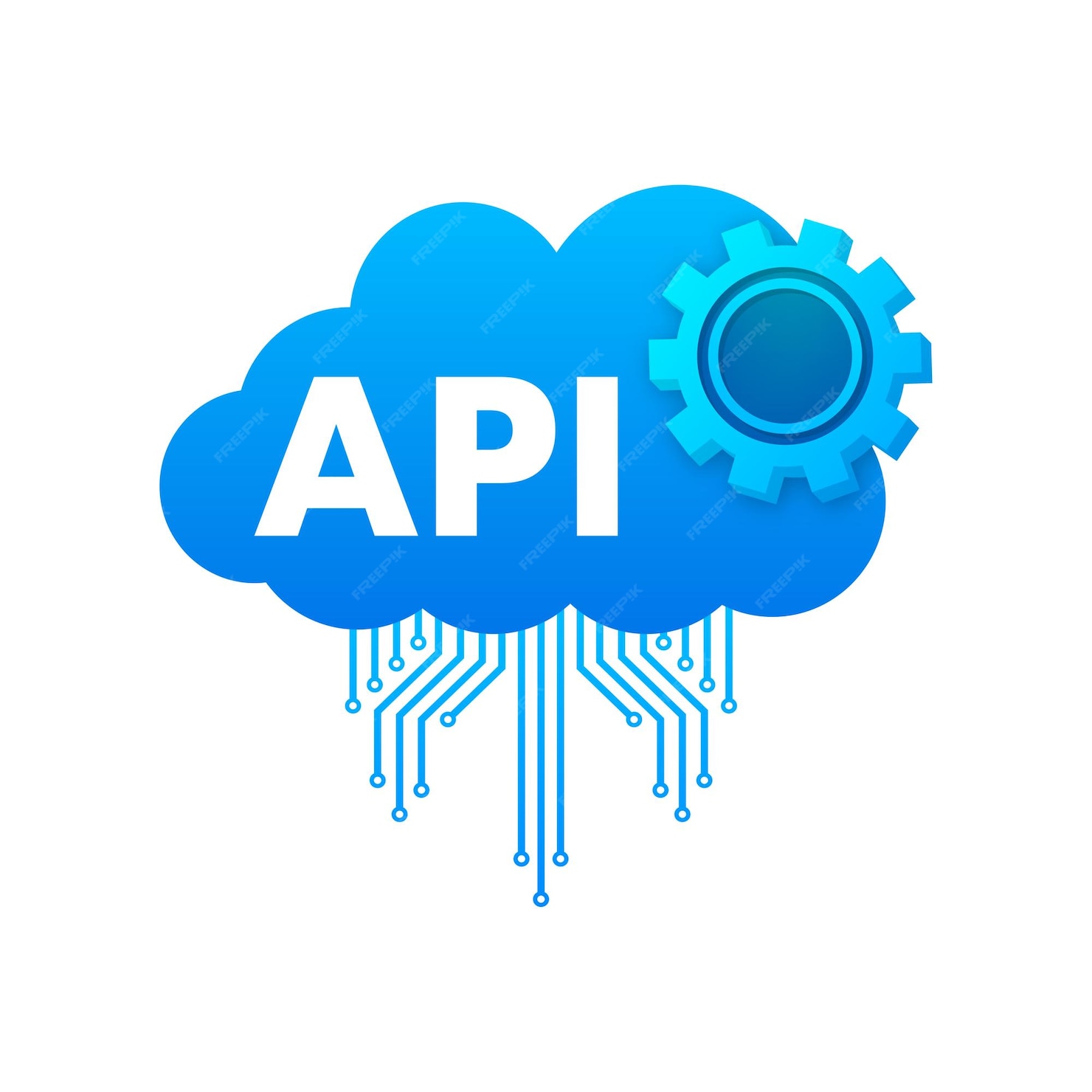When working with the Fetch API in JavaScript, you often need to handle potential errors to ensure a smooth user experience. 💻 In this post, we’ll dive into the importance of handling errors with Fetch API, how to identify common errors, and best practices for preventing them. 💡 What Is Fetch API⁉️ Before we jump into error handling, let’s quickly recap what the Fetch API is. It’s a modern JavaScript API used to make asynchronous HTTP requests. With fetch(), you can request data from a server, perform operations, and display the results on your webpage. Fetch is more flexible and […]
⚠️ Handling Errors with Fetch API in JavaScript
Handling errors in Fetch API JavaScript using try-catch blocks and checking HTTP response statuses for better error management.





